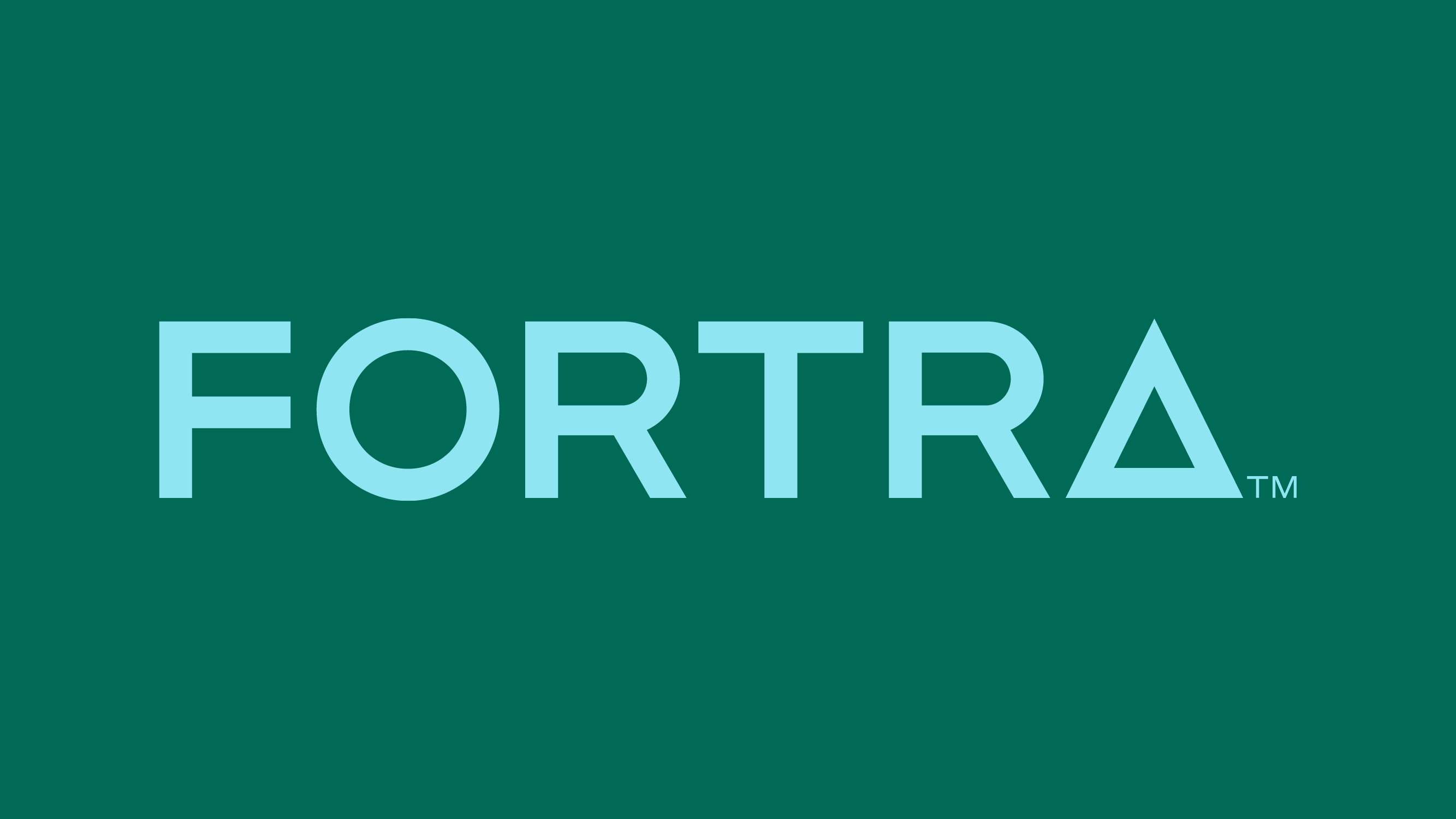I use GoAnywhere MFT for automating and securing file transfers because our company mainly uses credential data. It is very mandatory to transfer it very securely. We use SFTP and FTPS for data file transfer for ERP, CRM, or databases. We also have trading partners, so it is very essential to transfer the data securely.
The main connection is AWS S3, as we use S3 for our primary storage. We have also connected GoAnywhere MFT to Salesforce. We connect it with Azure Blob for unstructured data. We have integrated AWS, Azure, and Salesforce.
For operations, we access control for administrators and external users through GoAnywhere's connectors. We authenticate against Active Directory. GoAnywhere has gateways to prevent firewall access and has a very secure network system. It is really helpful for connecting all these cloud platforms. The main reason is auditing. The detailed centralized audit logs and reporting are invaluable. Sometimes we lost lots of data, so it helps us keep backups.
The connectors are very important in GoAnywhere MFT. Connection with cloud is a crucial process because there is no chance of any errors. In that scenario, connectors properly handle all the network and all the audit logs. Connectors are very essential. Without connectors, we cannot do it manually because it gets very difficult to maintain all this process.
Till now, I personally do not use GoAnywhere Agents. My seniors have used it a lot, but I do not have any hands-on experience with that right now.
We use many lots of data in the form of secure forms, such as survey forms or employee forms. We use it a lot in our data pipelines.
In one project, I used the secure form. The scenario was about the landing pages of the GoAnywhere MFT server or something. The main process was that data collection was there and allows our organization to collect files and structured data. Forms and metadata from external parties are collected directly onto the secure environment. We have used secure forms whenever we collect the data from a third party. When we collect the data from a third party, there might be a lot of incorrect data or null values, so we have used the secure form there.
We mostly use GoFast feature on large data sets. On many cloud platforms, it took a long time to process that data or to transfer that data because we use terabytes of data in the daily workflow. GoFast really helps us transmit that data or do all the ETL processes on that data so efficiently and in a fast manner. Our ETL process was very slow on the traditional database, but when we started using GoAnywhere MFT, the whole workflow or data pipeline got very faster. It is a great feature for us.
Whenever we do meetings, I analyze all the timing saved because of all the automation in GoAnywhere MFT. Right now in our company, because of the automation processes, our DevOps team is saving time around 45 percent to 50 percent overall because of the automation. We are still improving our whole infrastructure and workflows for 70 percent to 80 percent automation, which will save the time around 60 percent to 70 percent. Right now 40 percent to 50 percent time is saving because of GoAnywhere MFT and automation.
I have multiple automations or processes happening within my organization, but they run on different platforms, such as different servers or using different APIs.
There is an individual team to manage these processes. I mainly work with data engineers to help them manage the data extraction, the cloud platform, and the infrastructure of our cloud platform. There is an individual team which has all the responsibilities of their respective departments. Each department has their tools and all the technicalities. I know about my tools. We use GoAnywhere MFT for file transfer, AWS and Azure for cloud, I also use Snowflake for sometimes helping the data engineers, and Docker.
